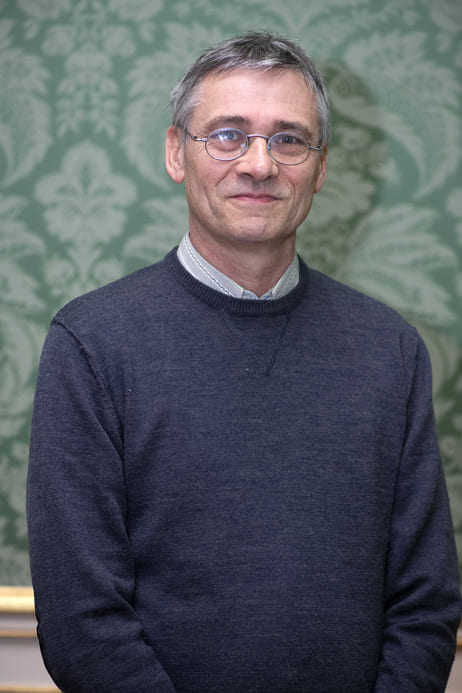Liste des publications en lien avec la thématique de la scoliose
Urp1 and Urp2 act redundantly to maintain spine shape in zebrafish larvae. Gaillard AL, Mohamad T, Quan FB, de Cian A, Mosimann C, Tostivint H, Pézeron G. Dev Biol. 2023;96:36-51. doi: 10.1016/j.ydbio.2023.01.010.
Urotensin II-related peptide (Urp) is expressed in motoneurons in zebrafish, but is dispensable for locomotion in larva. Quan FB, Gaillard AL, Alejevski F, Pézeron G, Tostivint H. Peptides. 2021 146:170675. doi: 10.1016/j.peptides.2021.170675.
Conserved role of the urotensin II receptor 4 signalling pathway to control body straightness in a tetrapod. Alejevski F, Leemans M, Gaillard AL, Leistenschneider D, de Flori C, Bougerol M, Le Mével S, Herrel A, Fini JB, Pézeron G, Tostivint H. Open Biol. 2021;11:210065. doi: 10.1098/rsob.210065.
Comparative distribution and in vitro activities of the urotensin II-related peptides URP1 and URP2 in zebrafish: evidence for their colocalization in spinal cerebrospinal fluid-contacting neurons. Quan FB, Dubessy C, Galant S, Kenigfest NB, Djenoune L, Leprince J, Wyart C, Lihrmann I, Tostivint H. PLoS One. 2015;10:e0119290. doi: 10.1371/journal.pone.0119290.
International Union of Basic and Clinical Pharmacology. XCII. Urotensin II, urotensin II-related peptide, and their receptor: from structure to function. Vaudry H, Leprince J, Chatenet D, Fournier A, Lambert DG, Le Mével JC, Ohlstein EH, Schwertani A, Tostivint H, Vaudry D. Pharmacol Rev. 2015;67:214-58. doi: 10.1124/pr.114.009480.
Molecular evolution of GPCRs: Somatostatin/urotensin II receptors. Tostivint H, Ocampo Daza D, Bergqvist CA, Quan FB, Bougerol M, Lihrmann I, Larhammar D. J Mol Endocrinol. 2014; 52:T61-86. doi: 10.1530/JME-13-0274.
Impact of gene/genome duplications on the evolution of the urotensin II and somatostatin families. Tostivint H, Quan FB, Bougerol M, Kenigfest NB, Lihrmann I. Gen Comp Endocrinol. 2013;188:110-7. doi: 10.1016/j.ygcen.2012.12.015.
Characterization of the true ortholog of the urotensin II-related peptide (URP) gene in teleosts. Quan FB, Bougerol M, Rigour F, Kenigfest NB, Tostivint H. Gen Comp Endocrinol. 2012;177(1):205-12. doi: 10.1016/j.ygcen.2012.02.018.
Occurrence of two distinct urotensin II-related peptides in zebrafish provides new insight into the evolutionary history of the urotensin II gene family.
Parmentier C, Hameury E, Dubessy C, Quan FB, Habert D, Calas A, Vaudry H, Lihrmann I, Tostivint H. Endocrinology. 2011; 152:2330-41. doi: 10.1210/en.2010-1500.
Comparative genomics provides evidence for close evolutionary relationships between the urotensin II and somatostatin gene families.
Tostivint H, Joly L, Lihrmann I, Parmentier C, Lebon A, Morisson M, Calas A, Ekker M, Vaudry H. Proc Natl Acad Sci U S A. 2006; 103:2237-42. doi: 10.1073/pnas.0510700103.
Cloning of the cDNA encoding the urotensin II precursor in frog and human reveals intense expression of the urotensin II gene in motoneurons of the spinal cord.
Coulouarn Y, Lihrmann I, Jegou S, Anouar Y, Tostivint H, Beauvillain JC, Conlon JM, Bern HA, Vaudry H. Proc Natl Acad Sci U S A. 1998; 95:15803-8. doi: 10.1073/pnas.95.26.15803.



